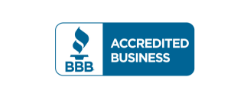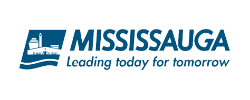Various specialized materials are utilized to establish barriers against moisture penetration, improving the structure. This critical process involves selecting materials that not only prevent water ingress but also integrate seamlessly with the architectural and structural requirements of buildings to ensure long-term durability and protection. Here are some of the common materials typically utilized:
Bituminous Coatings: These coatings, derived from bitumen, are employed for their robust impermeability and adaptability to thermal flux, making them ideal for surfaces that experience frequent temperature shifts. They are particularly effective in providing a waterproof seal in environments where moisture levels are variable and can also act as a protective layer against corrosive substances and mechanical wear.
Cementitious Solutions: Composed of a mixture involving cement, aggregates, and specific performance-enhancing additives, these compounds are applied where durability and moisture resistance is paramount, such as in wet zones and foundational barriers. Additionally, their ease of application makes them suitable for quick repairs and overlays, offering a rigid, hard-wearing surface that integrates well with the existing structural elements, thus ensuring a seamless moisture barrier that withstands the test of time.
Polyurethane Liquid Membranes: Notable for their exceptional elasticity, these liquid-applied membranes cure to form a continuous, flexible barrier capable of accommodating structural movements, thus ensuring sustained waterproof integrity.
EPDM Rubber: This synthetic rubber membrane excels in environmental resistance, offering longevity against UV rays, temperature extremes, and acidic conditions, commonly used in protective applications for roofs and geo-membranes.
PVC Membranes: Polyvinyl Chloride, in its flexible form, is utilized for its enduring qualities under exposure to water, chemicals, and fire, frequently seen in roofing systems designed for minimal slope. Their adaptability to various architectural styles allows for aesthetic integration without compromising functionality. The reactive nature of the crystalline compounds allows them to reactivate in the presence of moisture, which ensures continuous self-sealing properties over time, making it highly effective for structures exposed to fluctuating water levels or those submerged in water.
Liquid Silicone: Distinguished by its high-performance waterproofing properties, liquid silicone is applied in scenarios demanding resistance to severe weather conditions, UV exposure, and thermal variations, predominantly on roof surfaces.
Crystalline Waterproofing: This technique involves a chemical reaction that promotes crystalline growth within concrete pores and microcracks, effectively sealing against water ingress and providing a permanent waterproofing solution.








